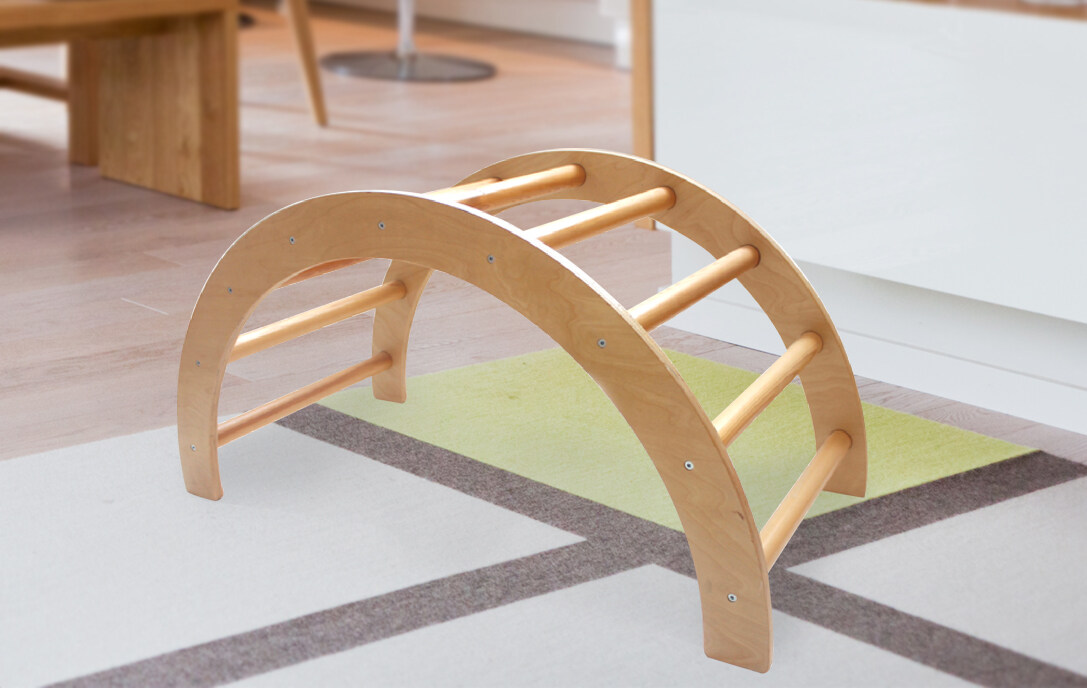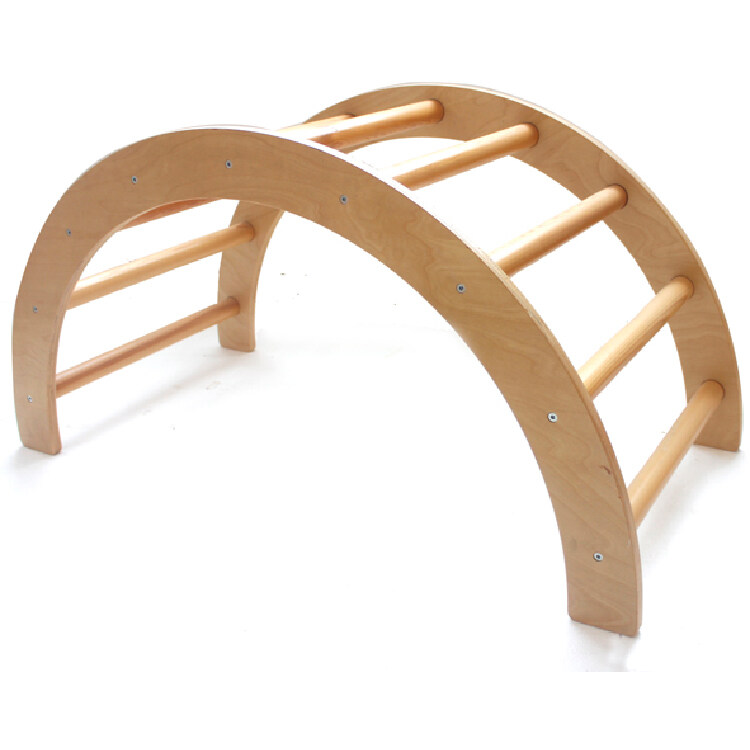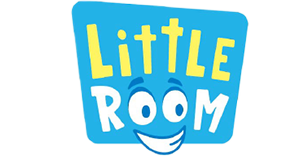Email format error
Email cannot be empty
Email already exists
6-20 characters(letters plus numbers only)
The password is inconsistent
Email format error
Email cannot be empty
Email does not exist
6-20 characters(letters plus numbers only)
The password is inconsistent

News
Happy Arts & Crafts , your reliable partner for OEM/ODM business!

Mastering Stability and Fun with the Wooden Wobble Balance Board
The wooden wobble balance board is an innovative tool designed to enhance your fitness routine by incorporating balance, coordination, and strength training. This versatile piece of equipment is not just for athletes; it’s for anyone looking to improve their physical health and have fun while doing it. In this comprehensive guide, we’ll explore the myriad benefits, exercises, and creative uses of the wooden wobble balance board.
I. The Basics of the Wooden Wobble Balance Board
A. What is a Wobble Balance Board?
A wobble balance board is a flat surface with a rounded bottom, allowing the board to tilt in all directions. It is used for exercise, physical therapy, and balance training. The instability of the board requires the user to engage core muscles to remain balanced, which can improve overall stability.
B. The Construction and Design of Wooden Wobble Boards
Typically made from high-quality wood, these boards are both durable and aesthetically pleasing. The wooden construction ensures a natural feel underfoot, and the design often includes a non-slip surface for safety. The curvature of the base determines the difficulty level – the more pronounced the curve, the more challenging the board.
C. Who Can Benefit from Using a Wobble Board?
Wobble boards can benefit a wide range of individuals, from children developing their balance to athletes seeking to enhance their performance. They are also incredibly useful for those recovering from injuries or looking to prevent them by strengthening stabilizing muscles.
II. The Benefits of Wobble Board Training
A. Improved Balance and Coordination
Regular use of a wobble board can lead to better balance and coordination by challenging your body to maintain stability over an unstable surface. This can translate to improved performance in various sports and daily activities.
B. Enhanced Core Strength
The core muscles are constantly engaged when using a wobble board. Strengthening these muscles can lead to better posture, reduced back pain, and a more toned midsection.
C. Injury Prevention and Rehabilitation
By improving muscle strength and joint stability, wobble boards can help prevent injuries. They are also commonly used in rehabilitation settings to help individuals recover from ankle, knee, and hip injuries.
D. Mental Focus and Cognitive Benefits
Balance training requires concentration and mental focus, which can enhance cognitive function. It also helps in developing proprioception – the body’s ability to sense its position in space.
III. Getting Started with Your Wobble Board
A. Safety First: Preparing Your Space
Before starting, ensure you have a clear space free of obstacles. Use the board on a non-slip surface or place a yoga mat underneath for extra grip.
B. Basic Techniques and Stance
Begin by standing on the board with feet shoulder-width apart. Bend your knees slightly and find your center of gravity. Practice shifting your weight to control the tilt of the board.
C. Understanding Your Limits
Start with simple exercises and gradually increase the difficulty as your confidence grows. Listen to your body and avoid pushing too hard, too fast.
IV. Beginner Exercises
A. Rocking Front to Back
Stand on the board and gently rock forwards and backwards, maintaining control as you tilt the board.
B. Side to Side Tilts
Shift your weight from side to side, tilting the board left and right without letting the edges touch the ground.
C. Circular Motions
Rotate the board in a circular motion, engaging your core and leg muscles to keep the movement smooth.
D. Static Balance Hold
Try to hold the board in a level position for as long as possible. This static hold builds endurance and stability.
V. Intermediate Challenges
A. Single-Leg Balance
Balance on one leg, which significantly increases the difficulty and engages your stabilizing muscles more intensely.
B. Squats on the Wobble Board
Perform squats while maintaining balance. This adds a strength component to your balance training.
C. Wobble Push-Ups
Place your hands on the board and perform push-ups, requiring upper body stability and strength.
D. Plank Variations
Hold a plank with your hands or forearms on the board, adding an instability challenge to this core exercise.
VI. Advanced Maneuvers
A. Wobble Board Lunges
Step on and off the board with one foot, performing lunges that test your balance and coordination.
B. Balance Board Jumps
Jump onto the board from the ground and stabilize yourself quickly upon landing.
C. Rotational Core Workouts
Rotate your torso while maintaining balance, targeting the oblique muscles.
D. Incorporating Hand Weights
Add hand weights to your wobble board routine to increase the intensity and engage more muscle groups.
VII. Fun and Games with the Wobble Board
A. Balance Board Games for Kids
Turn balance training into a game for children by setting up obstacle courses or having them pass a ball while balancing.
B. Competitive Challenges for Friends and Family
Create friendly competitions, such as who can balance the longest or perform the most squats on the board.
C. Creative Uses in Sports Training
Athletes can simulate sports movements on the board to improve their in-game balance and agility.
VIII. Integrating Wobble Board Workouts into Your Routine
A. Creating a Balanced Workout Plan
Incorporate balance board exercises into your regular workout routine, alternating with cardio and strength training.
B. Combining Balance Training with Cardio and Strength
Use the wobble board in conjunction with other exercises to create a well-rounded fitness regimen.
C. Setting Achievable Goals
Set specific, measurable goals for your balance training to track your progress and stay motivated.
IX. Tips for Progress and Motivation
A. Tracking Your Progress
Keep a log of your exercises, noting improvements in balance and strength over time.
B. Staying Motivated with Varied Exercises
Change up your routine to keep it interesting and challenging.
C. Joining a Community of Balance Board Enthusiasts
Connect with others who use wobble boards to share tips and stay motivated.
X. Safety and Maintenance of Your Wooden Wobble Balance Board
A. Regular Inspection and Care
Check your board for any signs of wear and tear, and maintain it according to the manufacturer’s instructions.
B. Safe Storage Practices
Store your board in a dry, flat area to prevent warping or damage.
C. When to Replace Your Wobble Board
If you notice any cracks or significant wear, it’s time to replace your board to ensure safety.
XI. Frequently Asked Questions
Q1. How Long Should I Use the Wobble Board Each Day?
- Start with short sessions and gradually increase as your balance improves. Even 5-10 minutes a day can be beneficial.
Q2. Can Wobble Boards Help with Weight Loss?
- While not a significant calorie burner, wobble boards can complement a weight loss program by improving muscle tone and posture.
Q3. Are There Age Limits for Using a Wobble Board?
- Balance boards can be used by all ages, but children and the elderly should take extra precautions and possibly use the board under supervision.
XII. Testimonials and Success Stories
A. Stories from Rehabilitation Patients
The balance board from wood has been a game-changer in the world of rehabilitation. Physical therapists often share stories of patients who have overcome significant challenges with the help of this simple yet effective tool. For instance, Sarah, a 45-year-old stroke survivor, credits the wobble board for her improved balance and coordination. After incorporating balance board exercises into her therapy, she noticed a remarkable difference in her ability to perform daily tasks that were once daunting. Similarly, John, a veteran recovering from a leg injury, found that the wobble board not only strengthened his muscles but also gave him the confidence to trust his body again.
B. Athletes Who Swear by Wobble Board Training
Athletes across various sports have found the wooden wobble balance board to be an indispensable part of their training regimen. Emma, a competitive snowboarder, uses the board to maintain her edge control and stability during the off-season. She attributes her increased agility and core strength to regular wobble board workouts. Another athlete, Mark, a professional soccer player, uses the board for both pre-game warm-ups and post-game recovery. He believes that the balance training has enhanced his footwork and reduced his risk of ankle injuries.
C. Everyday People and Their Triumphs
The wooden wobble balance board isn’t just for rehabilitation patients and athletes; it’s for everyone. Take Lucy, a stay-at-home mom who discovered the board while looking for a fun way to exercise at home. She now enjoys daily sessions with her kids, turning fitness into a family affair. Then there’s Alex, a software developer who spends long hours at a desk. Using the wobble board during short breaks has not only alleviated his back pain but also improved his concentration and productivity.
Conclusion:
The wooden wobble balance board is a testament to the power of balance and stability training. Its ability to adapt to the needs of a wide range of users makes it a valuable addition to any fitness or rehabilitation program. The stories of those who have incorporated the wobble board into their lives are a source of inspiration and a testament to its effectiveness. By embracing the wobble, individuals from all walks of life can unlock a new level of physical capability and enjoyment. The wobble board is not just a tool for exercise; it’s a platform for transformation, fostering better health, enhanced performance, and, most importantly, joy in the journey toward achieving personal goals.


